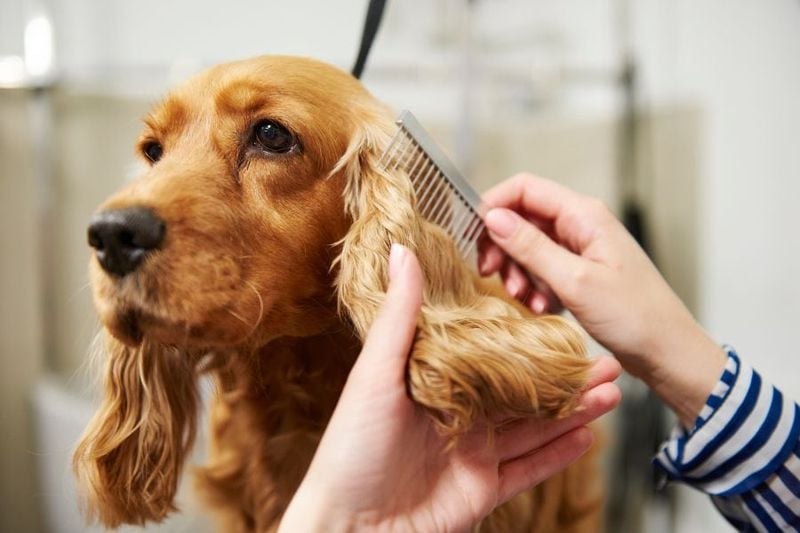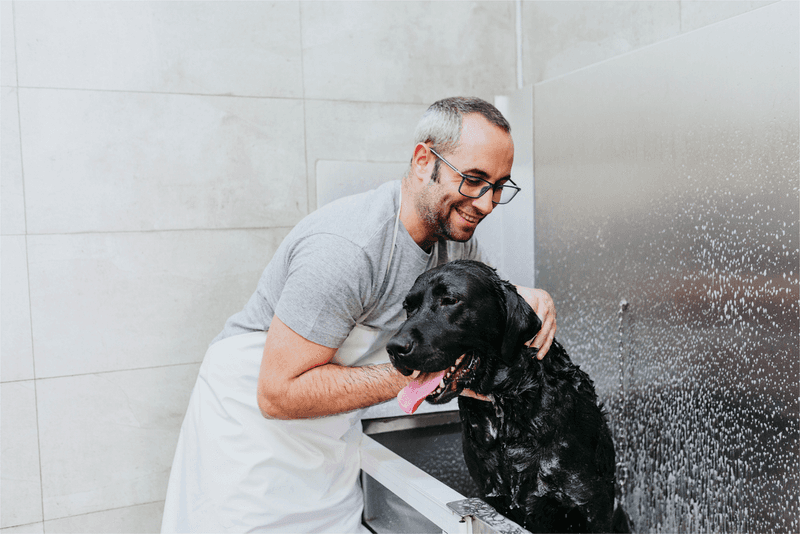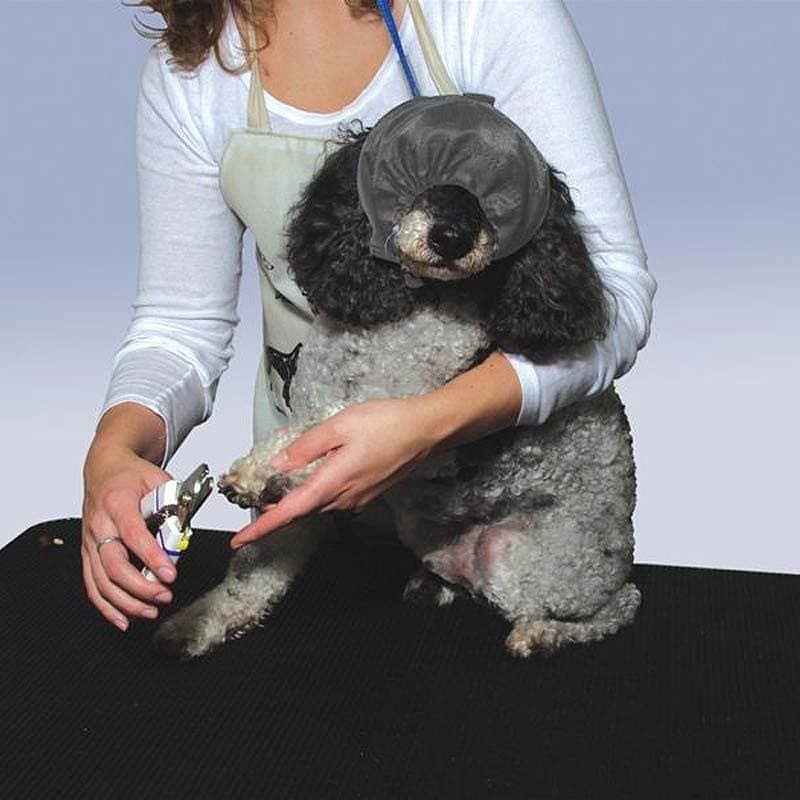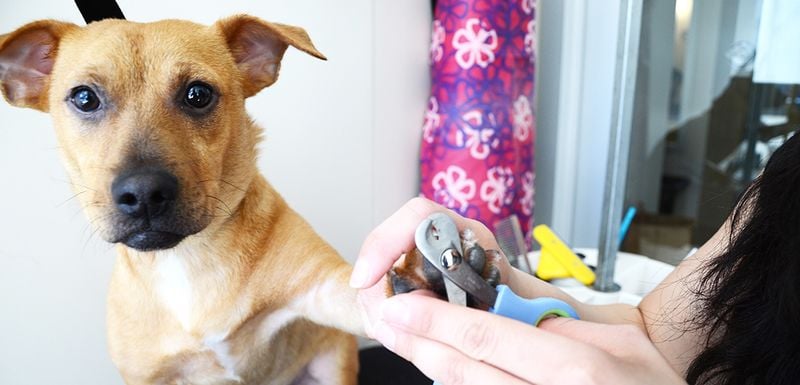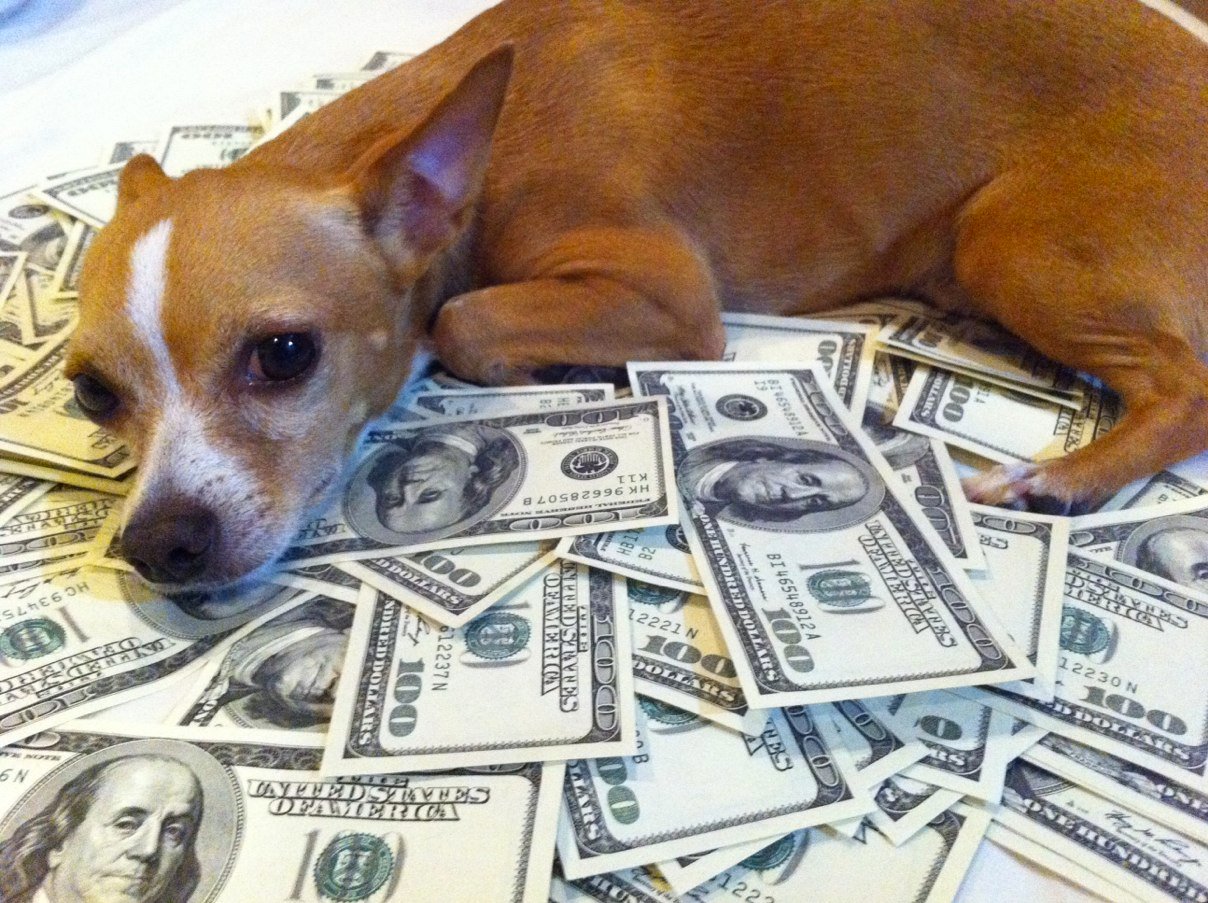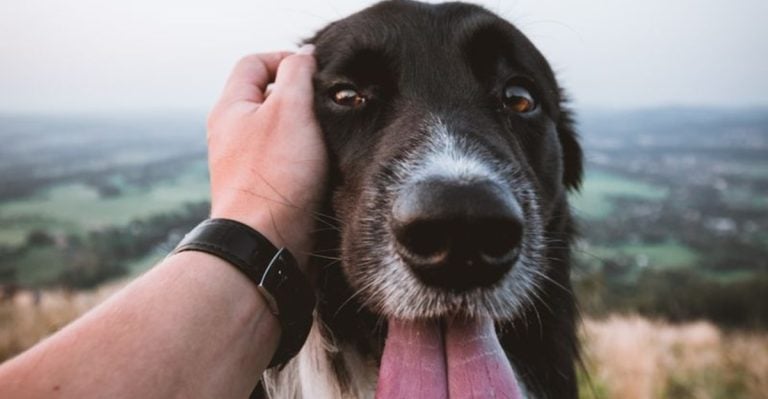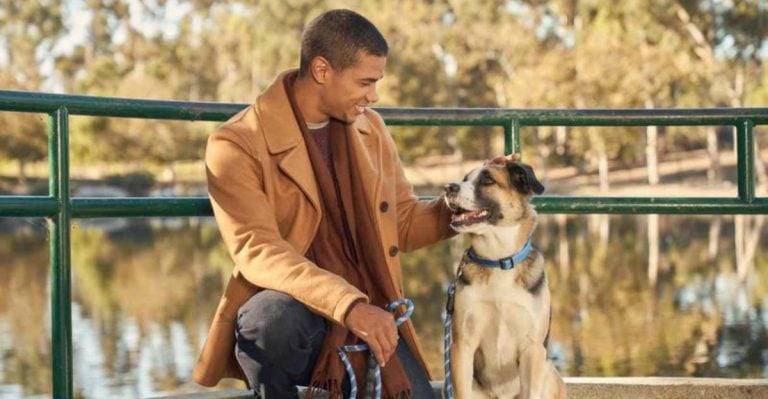9 Pro Tips to Help Your Dog Feel Safe and Calm at the Groomer
For many dog owners, grooming day feels like a battle waiting to happen. The moment the leash comes out or the car door opens, some pups go into full panic mode—shaking, whining, or outright refusing to budge.
And while regular grooming is essential for your dog’s health and hygiene, it can also be a major source of anxiety for our furry friends.
Why the stress? Grooming salons are filled with unfamiliar sights, sounds, and smells. Buzzing clippers, hissing dryers, and the presence of other nervous dogs can make even the calmest canine feel overwhelmed.
Add in being handled by a stranger and you’ve got a recipe for serious discomfort, especially if your pup hasn’t been gradually introduced to the process.
But here’s the good news: with a little patience and a lot of understanding, you can help your dog feel more at ease during grooming appointments.
Whether you’re dealing with a rescue dog who’s never seen a tub or a sensitive pup who hates having their nails clipped, the right approach can transform grooming from a nightmare into a tolerable (maybe even enjoyable!) experience.
In this article, we’ll walk you through nine practical, compassionate tips to ease your dog’s anxiety before, during, and after grooming.
These aren’t one-size-fits-all fixes, but gentle strategies you can adapt to suit your dog’s personality, needs, and comfort level.
From small behavioral changes at home to thoughtful conversations with your groomer, every step you take makes a difference.
1. Start Desensitization at Home
Your dog’s fear of grooming often starts with unfamiliarity. So, start building positive associations at home—where they feel safest. Gently touch their ears, paws, and tail during calm moments, like snuggle time on the couch.
Let them sniff brushes, nail clippers, and even the sound of the blow dryer. Use treats and soothing praise after each small exposure.
The goal isn’t to groom them yourself but to teach your dog that grooming-related experiences don’t always mean stress or discomfort.
Over time, your dog will become less reactive to grooming cues. These mini-prep sessions help set the tone for future appointments—and reduce the overall anxiety that can build from surprise or overstimulation.
2. Visit the Groomer for a Meet-and-Greet
Imagine showing up to a dentist you’ve never met, in a building you’ve never been in—and being asked to sit in a loud chair while someone pokes at you. That’s how a dog might feel during a first grooming visit.
Before any official appointment, take your pup to the groomer for a low-pressure intro. Let them walk around, sniff the area, and meet the staff. Ask the groomer to offer a treat or gentle pet if your dog seems receptive.
These brief visits create familiarity without fear. When your dog returns for an actual grooming session, the environment and people won’t feel as threatening—and they’ll know it’s not all bad.
3. Exercise Before the Appointment
Pent-up energy can turn into nervous energy. One of the best ways to set your dog up for grooming success? A solid walk, play session, or game of fetch before you leave the house.
Physical activity not only tires your pup out—it also naturally reduces cortisol, the stress hormone. A tired dog is more likely to be relaxed and less reactive to unfamiliar sensations or sounds.
Don’t overdo it, though. You want your dog calm, not completely exhausted or cranky. Strike a balance, and make this pre-grooming routine part of the preparation.
4. Use Calming Aids
If your dog’s anxiety runs deep, natural calming aids can make a big difference. Products like pheromone sprays, calming collars, or chewable supplements are designed to take the edge off without sedating your dog.
Ask your vet for recommendations—especially if your pup is highly reactive or panics easily. You might be surprised how effective something like a Thundershirt or a CBD-based treat can be when used properly.
These aids aren’t miracle cures, but when paired with behavioral techniques, they can be part of a powerful anxiety-reduction toolkit.
5. Stay Calm and Positive Yourself
Dogs are experts at reading body language and tone. If you’re nervous about how the appointment will go, your dog will pick up on it—and their anxiety may spike to match yours.
Approach grooming day with an upbeat, calm attitude. Use a cheerful voice, smile often, and avoid lingering goodbyes that signal something bad is about to happen.
Even if you’re worried, fake the confidence. Your dog trusts your cues more than you think, and your calm presence sets the emotional tone for the entire visit.
6. Schedule the First Appointment During Off-Peak Hours
The chaos of a fully booked grooming salon can overwhelm even confident dogs. So, for anxious pups, try scheduling their appointment during a quiet time—early mornings or midweek slots are often less crowded.
With fewer dogs barking, dryers blowing, and people rushing around, your dog will feel less sensory overload. A calm environment gives the groomer more time to go slow, which benefits everyone involved.
Ask your groomer about their quietest hours. Many are happy to accommodate nervous dogs with special scheduling when possible.
7. Keep Sessions Short and Sweet at First
If your dog’s never been groomed before—or had a bad experience—start small. Book a short session for just a nail trim, brush-out, or quick bath to build tolerance without overwhelming them.
Shorter visits give your dog a chance to get used to the environment and the groomer’s touch in manageable doses. As their confidence grows, you can extend appointments gradually.
This “baby steps” approach prevents negative associations and gives your pup a chance to succeed rather than shut down.
8. Bring Familiar Comfort Items
Imagine being in a new place, surrounded by strangers, with nothing familiar around you. That’s often what it’s like for your dog at the groomer’s.
To help, bring along something comforting—a favorite blanket, their usual harness, or a soft toy that smells like home. Some groomers even allow owners to leave behind a worn T-shirt to place near the grooming station.
The familiar scent and texture can serve as emotional support, grounding your pup in something that reminds them of safety and you.
9. Reward and Reassure Post-Grooming
Don’t just rush home after the groomer—make a celebration out of it! Give your dog lots of praise, belly rubs, or a special treat right after their appointment.
This helps them link the experience with positive outcomes. You could even take them to their favorite park or let them pick out a toy on the way home to reinforce the “good things happen after grooming” association.
The more your dog sees grooming as something that ends in reward—not punishment—the less they’ll dread it next time.

